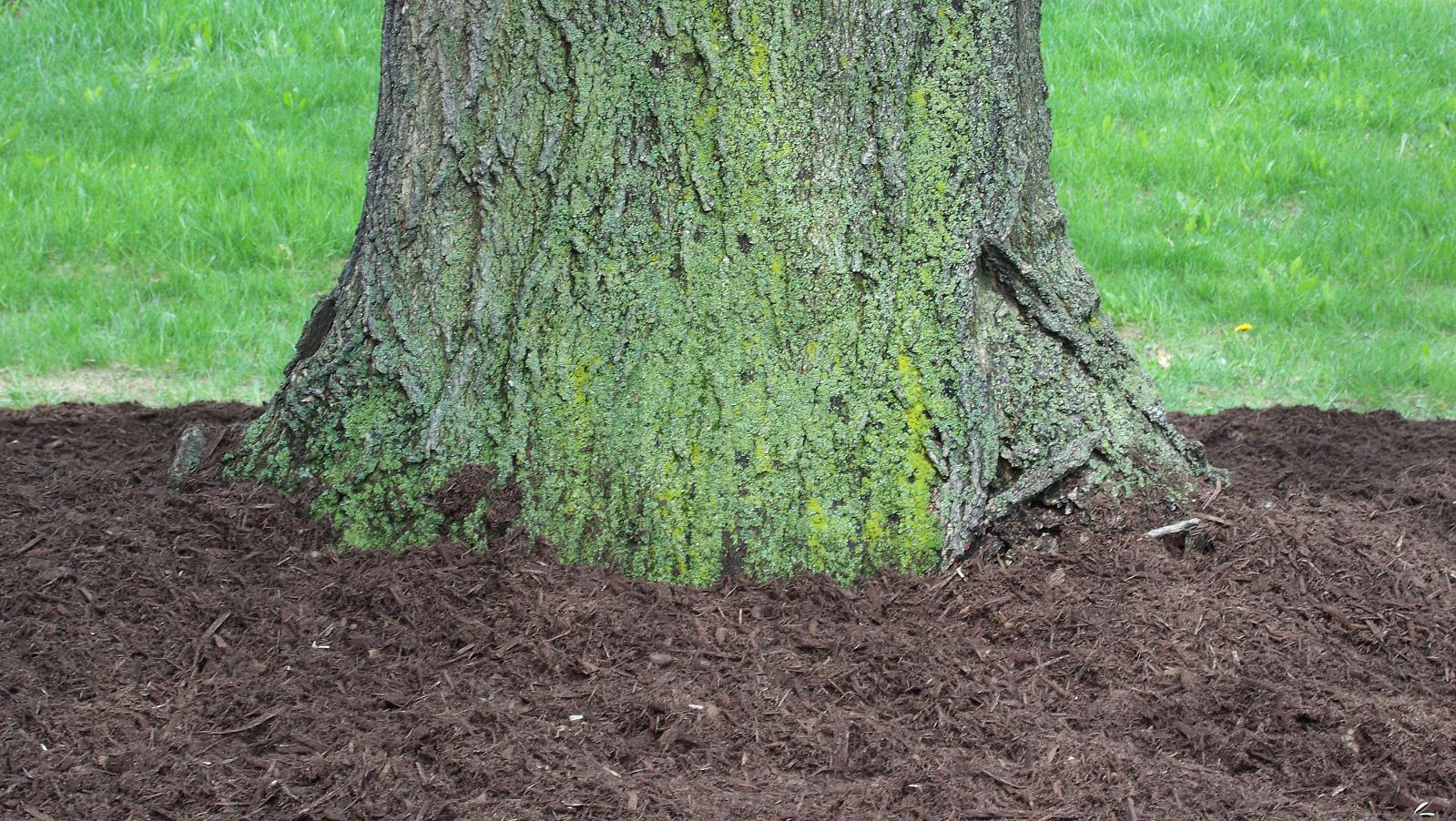Last year, Jim Urban wrote a post for this blog entitled Against Mulch. The principle reasons he cited for his position were: 1) Mulch floats and can clog drains and releases “lots of phosphorus” as it breaks down, and 2) work by Gilman et al. that suggest that mulch does not reduce evapo-transpiration. We discussed the Gilman et al. paper ad nauseum here already so I’ll stick to the other points.
Most organic mulches float, it’s true. However, if mulch is repeatedly washing from a bed into a drain this suggests a problem with the design as much as anything. Second, I’m not sure what constitutes “lots of phosphorus”. Branch and stem tissue of hardwood trees is about 0.1% P. If we use just the bark as mulch, the P concentration is about 0.2 to 0.3%. Is that ‘lots of phosphorus”? I don’t know. I suppose if you put enough of it down and allow it to wash into a drain it could be.
So let’s stick to what we do know about landscape mulch. Linda Chalker-Scott has written the most comprehensive review of mulch out there and it demonstrates the benefits of mulch. Nevertheless I’d like to add some recent observations of my own to the discussion. These come from follow-up measurement on some studies that The Garden Professors have already published on shrubs and conifers. But I think our new data are important because they demonstrate the long-term benefits of much on tree and shrub growth.
2006 conifer study
In 2006 we installed a trial to compare several different weed control strategies for newly planted conifers. Weed control, either by hand, Vis-pore mulch mats or 3” of coarse wood chips, dramatically increased tree survival.

After 8 growing seasons, trees that had the wood chip mulch or mulch mats had significantly greater caliper than trees that were not mulched.

2004 shrub study
In another trial we compared the effect of various mulch types (wood chips, pine bark, hardwood bark) on growth of common landscape shrubs (golden globe arborvitae, Runyan yew, ‘Tardiva’ hydrangea, cranberrybush viburnum, and arrowwood viburnum). We re-measured heights of the shrubs study a couple of weeks ago (nine growing seasons after installation). To keep things simple here I’ve lumped the mulches together and simply compared mulched vs. un-mulched.
After nine years mulching increased height growth for all shrubs except the arborvitae.

Even more interesting is that the growth benefit of mulch extends beyond the establishment phase. If we start at age 4 and look at the relative growth rate for the past five years (i.e., growth increment for past 5 years / height at 4 years) we see that mulch continues to provide a growth advantage for all shrubs except the arbs.

As I said at the outset, a little data heavy today but I think this is an important point. There is a lot of discussion these days about proper planting techniques but I think after-planting care often gets overlooked and mulching is an important part of that. That’s why I’m for much.
This article was originally posted on The Garden Professors. It is reprinted with the author’s permission.
Top image Flickr credit: carriejeberhardt. All other images: Bert Cregg






Leave Your Comment